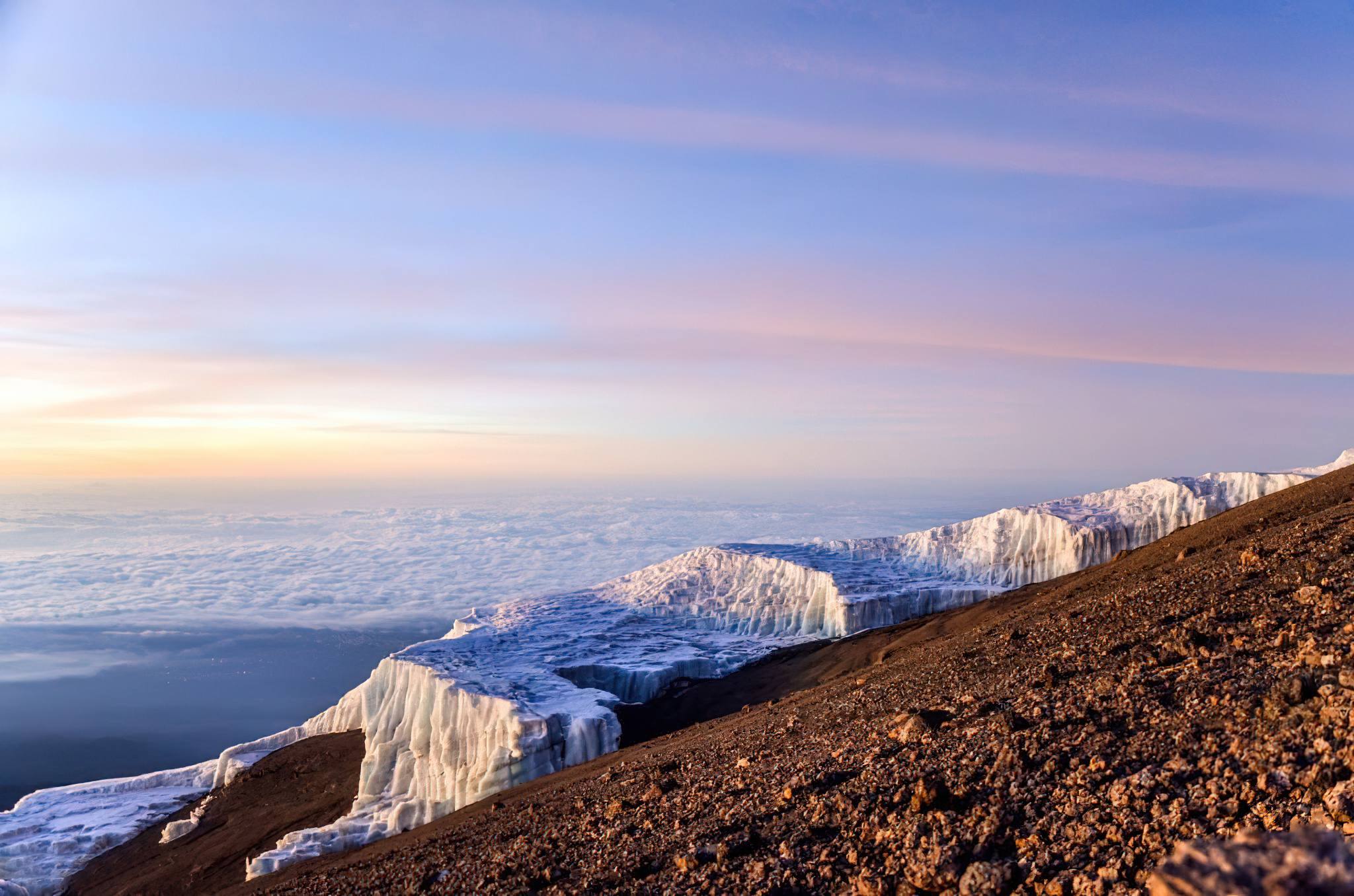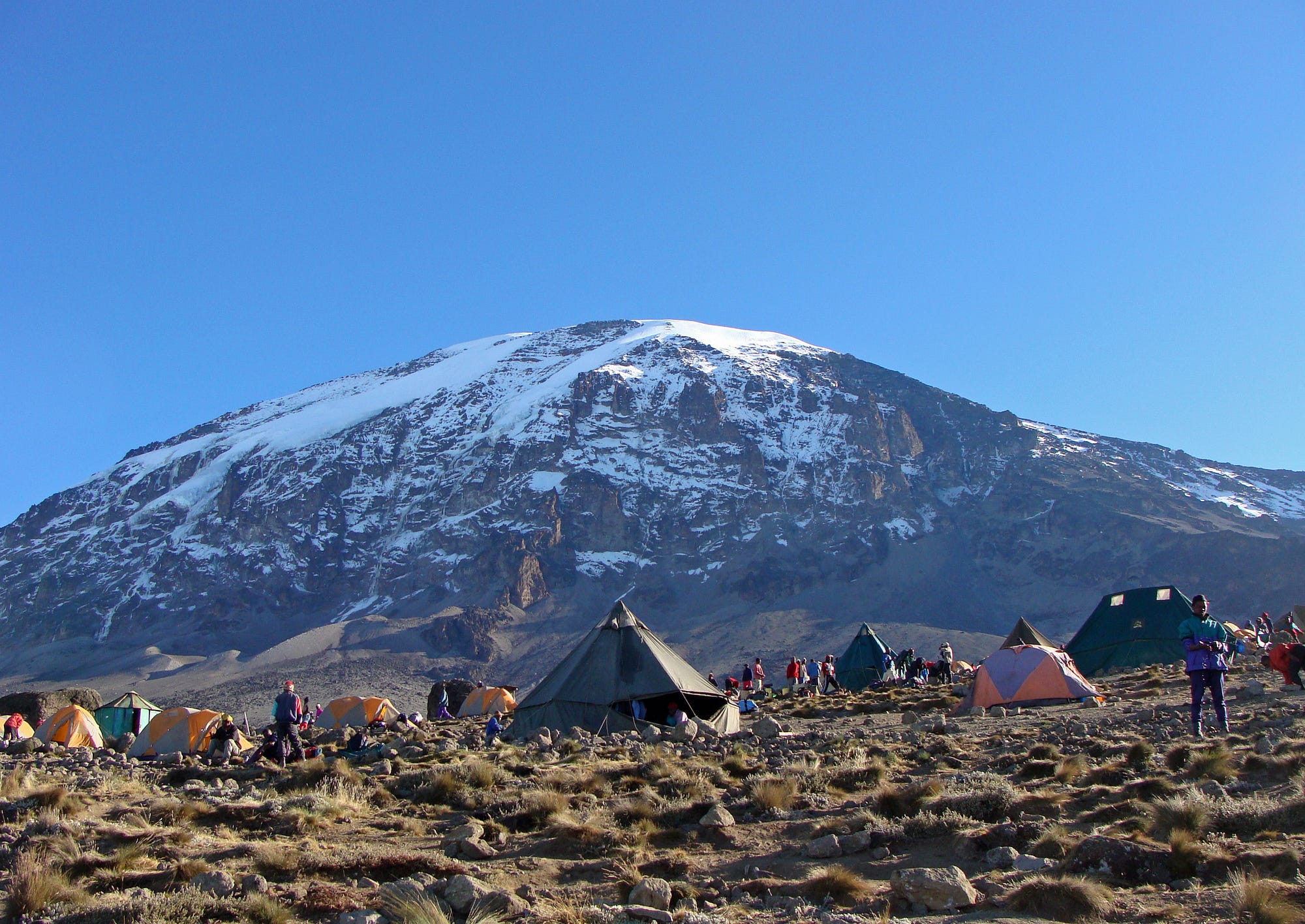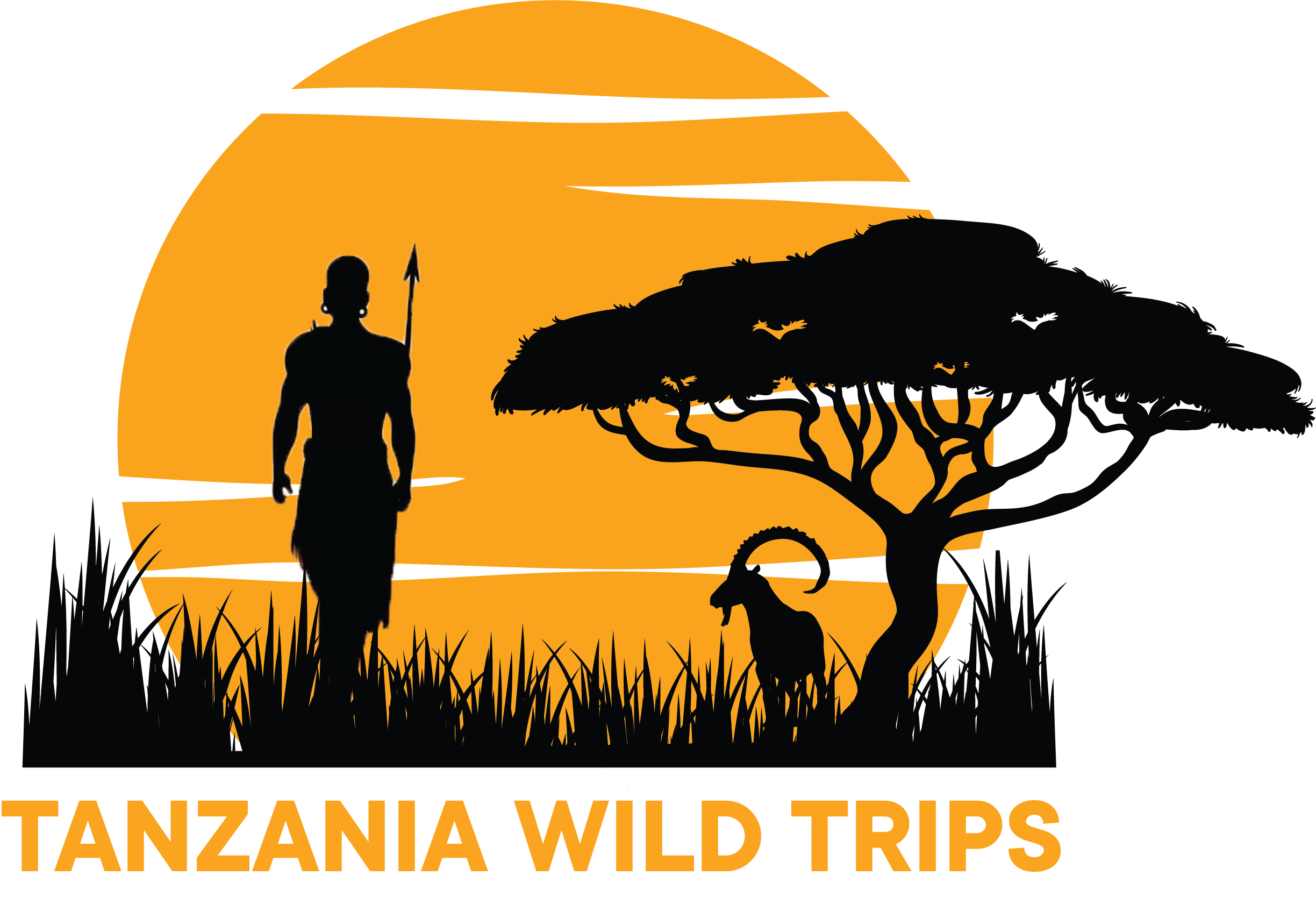Mt.Kilimanjaro
Mount Kilimanjaro
Africa’s Rooftop
Mount Kilimanjaro, Africa’s highest mountain, stands at 5,895 meters in northern Tanzania. This iconic, snow-capped volcano attracts adventurers from around the world, offering several trekking routes, including the popular Marangu and Machame trails. As climbers ascend, they pass through diverse landscapes—from lush rainforests teeming with wildlife to barren alpine deserts. Kilimanjaro is a UNESCO World Heritage site, celebrated for its unique flora and fauna, including elephants and colobus monkeys. The mountain is not only a natural wonder but also a key focus of conservation efforts, addressing the impacts of climate change on its glaciers. Kilimanjaro is an unforgettable experience for those seeking the ultimate adventure.

Geography and Landscape:
Mount Kilimanjaro, the highest peak in Africa, stands majestically at 5,895 meters above sea level. Located in northern Tanzania near the Kenyan border, this iconic stratovolcano is composed of three distinct volcanic cones: Kibo, Mawenzi, and Shira. Kilimanjaro’s landscape is incredibly diverse, with distinct ecological zones ranging from lush montane forests at its base to alpine deserts and the snow-capped summit. The mountain is surrounded by Kilimanjaro National Park, a UNESCO World Heritage site.
Flora and Fauna:
Kilimanjaro’s varied climate zones support a rich diversity of flora and fauna. The lower slopes are covered with dense rainforests, home to colobus monkeys, elephants, and leopards. As you ascend, the vegetation changes to heath and moorland, where you’ll find unique plants like the giant groundsels and lobelias. The alpine desert zone is stark and barren, but the summit is a harsh, icy wilderness. Birdlife is abundant in the lower regions, with species such as the turaco and hornbill frequently seen.

Activities:
Mount Kilimanjaro is a bucket-list destination for adventurers, offering several trekking routes to the summit, each varying in difficulty and duration. Popular routes include the Marangu, Machame, and Lemosho trails. Climbers experience dramatic changes in landscape and altitude, with the final ascent to Uhuru Peak offering breathtaking views of the surrounding plains. Guided treks provide insight into the mountain’s unique ecosystems and the cultural significance it holds for local communities. In addition to trekking, visitors can explore the foothills and nearby villages to experience the local culture and traditions.

Conservation and Community:
Kilimanjaro is a focal point for conservation efforts in Tanzania, particularly due to the impact of climate change on its shrinking glaciers. The Kilimanjaro National Park works to protect the mountain’s fragile ecosystems and promote sustainable tourism. Community involvement is key to these efforts, with local guides, porters, and conservationists playing a vital role in preserving the mountain’s natural beauty and cultural heritage. Initiatives such as reforestation projects and eco-tourism ventures help support local communities and ensure that tourism benefits both people and the environment.
